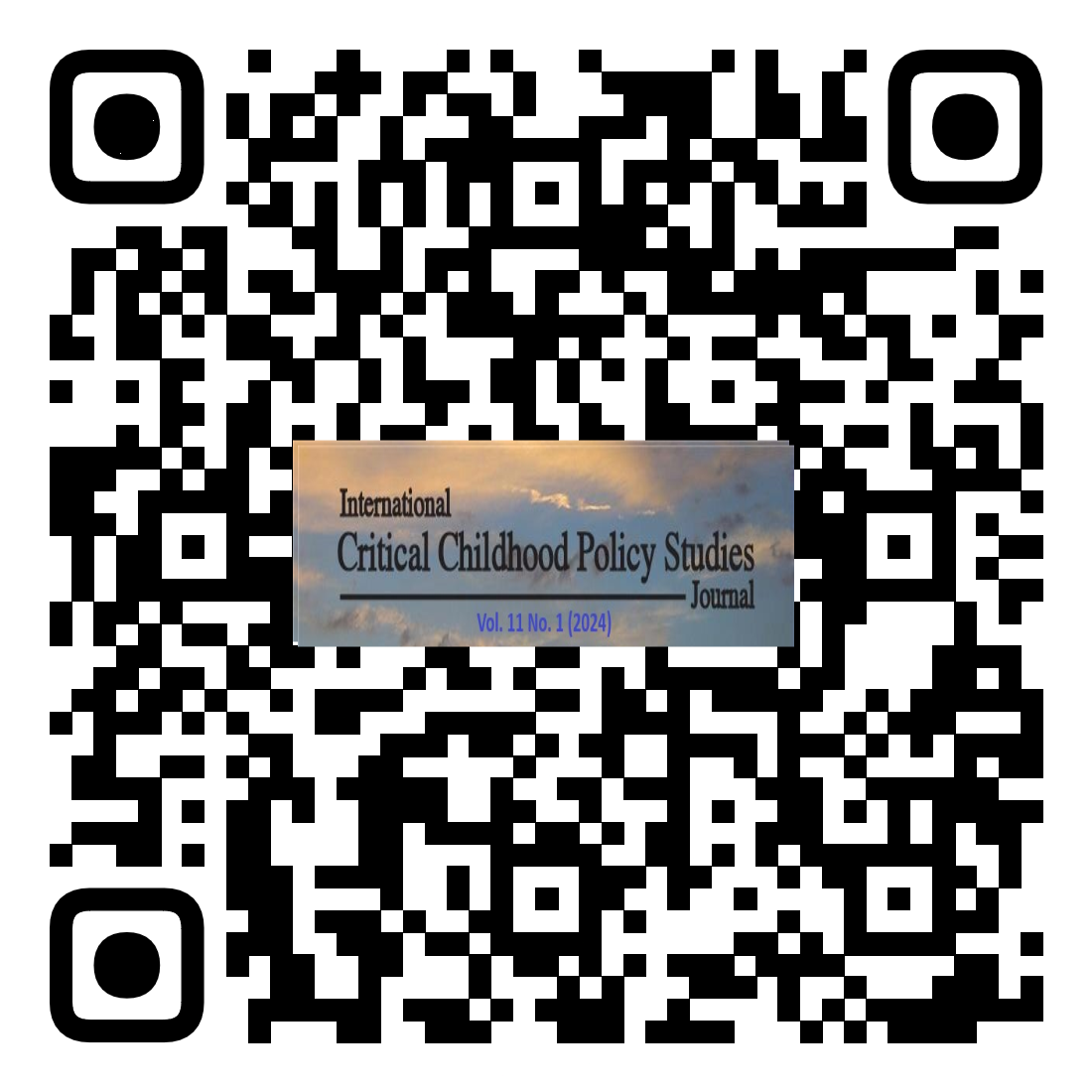(dis)orientating commonplace transitions In early childhood and beyond: non-linear encounters WITH babies
Abstract
The transition from home to early childhood caring and learning environments and the process of moving between these places and spaces can be considered one of the most important aspects in Early Childhood (EC). For young children entering caring and learning environments for the first time, they must continue to feel loved, cared for, safe and confident. As such, these environments should be viewed as an extension of the world that they already inhabit. Therefore, being open to how practitioners, families and young children navigate such transitions is not only essential in supporting thoughtful, attentive and responsive EC caring and learning spaces but further develops the understanding of what transitions may look like within EC. The paper reflects upon a study which is situated in an Early Childhood Care and Education (ECCE) setting and a Higher Education (HE) Childhood Studies classroom in the United Kingdom (UK). As a way to explore the multiplicities and ambiguities of transition, research journal entries, images, things and objects themselves not only become works of theory but produce data threads. Working within a (post)qualitative paradigm shifts the focus of observation and analysis in the paper to the impersonal flows of affect through an ethics of care. The paper argues for EC practitioners to acknowledge the importance of a child's belonging, in the form of objects and things, to allow babies and young children to move between different caring environments with love and care, rather than, something that needs to be managed and controlled.
Downloads
Published
Issue
Section
License
Authors who publish with this journal agree to the following terms:- Authors retain copyright and grant the journal right of first publication with the work simultaneously licensed under a Creative Commons Attribution License that allows others to share the work with an acknowledgement of the work's authorship and initial publication in this journal.
- Authors are able to enter into separate, additional contractual arrangements for the non-exclusive distribution of the journal's published version of the work (e.g., post it to an institutional repository or publish it in a book), with an acknowledgement of its initial publication in this journal.
- Authors are permitted and encouraged to post their work online (e.g., in institutional repositories or on their website) prior to and during the submission process, as it can lead to productive exchanges, as well as earlier and greater citation of published work (See The Effect of Open Access).
Those reproducing all or part of manuscripts first published in the journal are asked to acknowledge the International Critical Childhood Policy Studies Journal.


